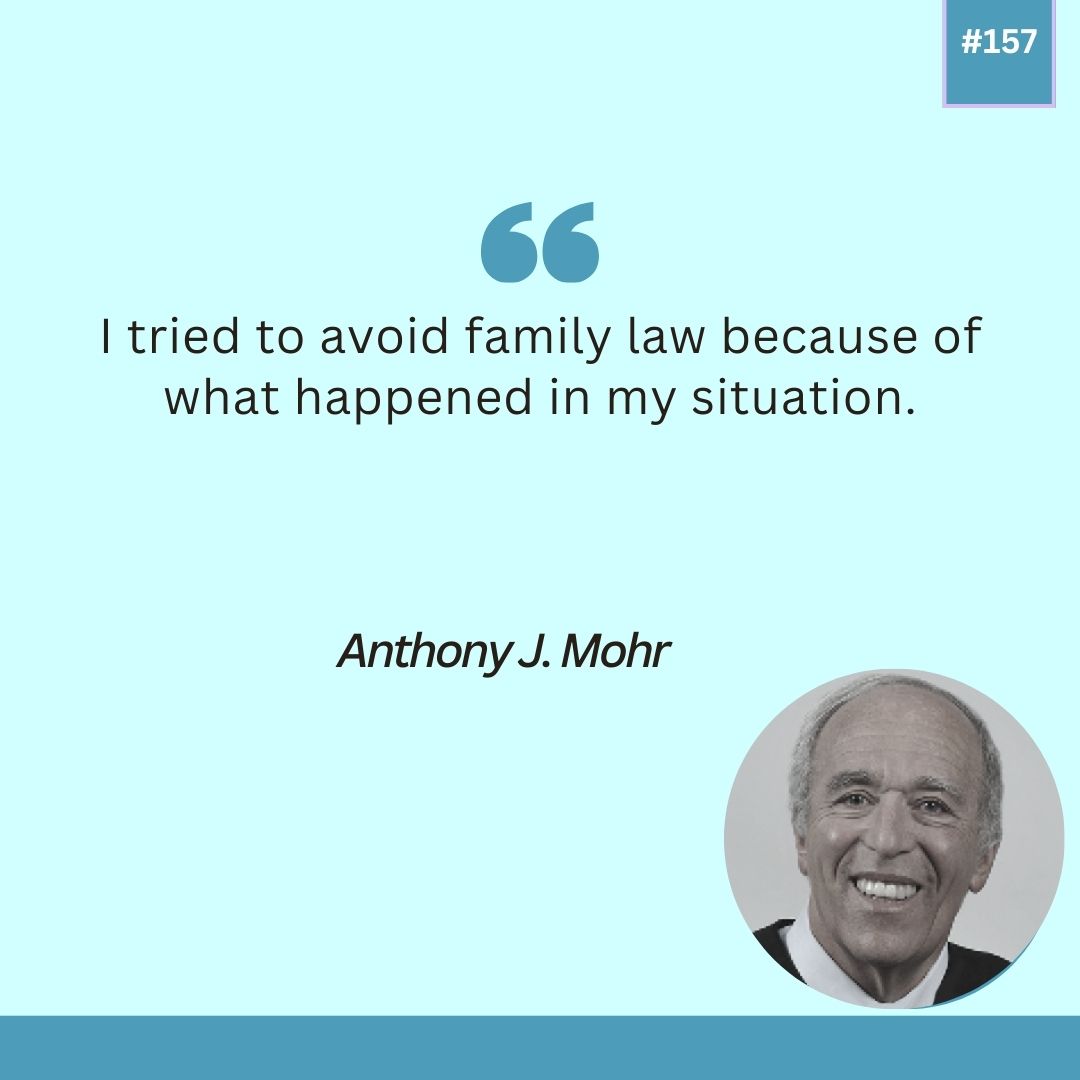Healing begins not when we avoid the pain, but when we embrace the complexity of our stories and choose to transform them, one difficult step at a time.
For years, I have been on a mission to understand and support blended families. With research showing that the divorce rate for blended families is 65% higher than for first marriages, I set out to explore why these families often face more challenges and how we can help them thrive. My journey started from youth ministry to becoming a mental health therapist and blended family researcher, which has been deeply personal, shaped by my own experiences and the emotional toll of divorce.
As I reflect on my work with families, the insights shared by Judge Tony Mohr, author of Every Other Weekend, offer profound wisdom. Tony’s story of navigating his own blended family began with a heartbreaking divorce when he was just nine years old. Divorce is a seismic event for children, often leaving a lasting emotional impact. But, like many children, Tony learned resilience from hardship. He shared how his academic struggles initially worsened, yet school eventually became a stabilizing force—a refuge in the chaos. This is a pattern I see often in therapy: children retreating into academics or extracurriculars to cope with family turbulence.
The road to adjusting to step-parents and new siblings is rarely smooth. Tony’s experience with his stepfather, who was a disciplinarian in stark contrast to his fun-loving biological father, is a reminder of the shifting dynamics that come with remarriage. Over time, however, Tony found common ground with his new family, illustrating the evolving nature of these relationships. His powerful insight: “I always wanted a sibling. When I got one, it was a mixed experience, but by high school, we were inseparable.” This shows that while these transitions are challenging, they can lead to deep connections if given time and patience.
A crucial piece of advice that Tony offers is the importance of therapy for children in blended families. “Get the kid into therapy,” he says. I echo this wholeheartedly. Therapy provides children with a space to process their feelings, and it helps families communicate better and understand one another. The emotional challenges of divorce and remarriage can linger for a lifetime, making early intervention essential.
Tony also emphasizes the power of preparation—whether you’re a biological parent or a step-parent. Creating realistic expectations and maintaining open communication is key to successfully navigating a blended family. This preparation, combined with empathy and understanding, allows everyone to find their place and thrive.
Tony’s story is a testament to the resilience that can emerge from adversity. His journey reminds us that creating a harmonious blended family takes time, patience, and support. As we move forward, it’s essential to recognize the emotional complexities of blending families and to provide each family member with the tools they need to adjust.
I’m currently working on my own book, which will delve deeper into the realities of blended families, moving away from the idea of “broken” families and toward embracing the strength found in blending. With understanding and compassion, we can transform these challenges into stories of growth, unity, and resilience.

